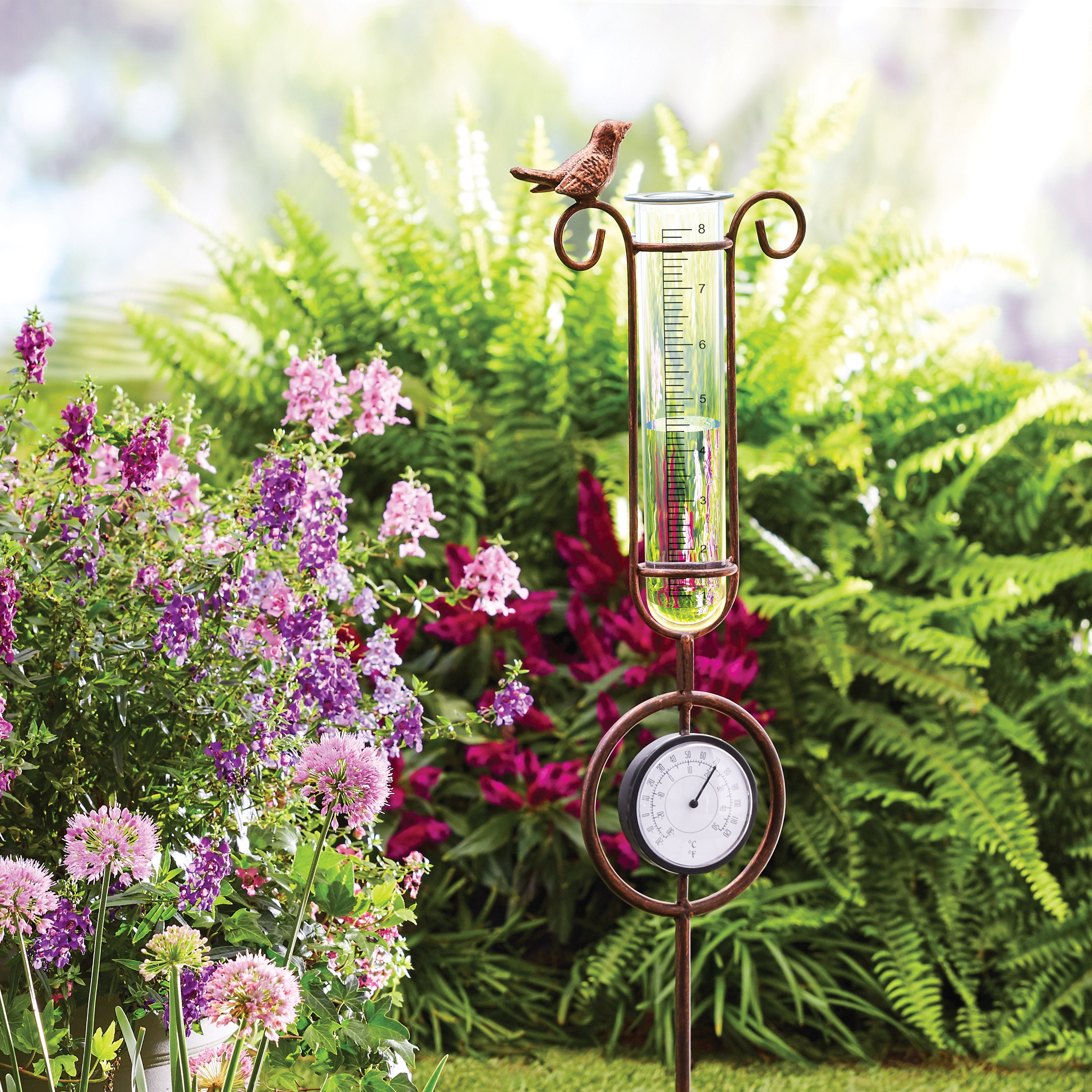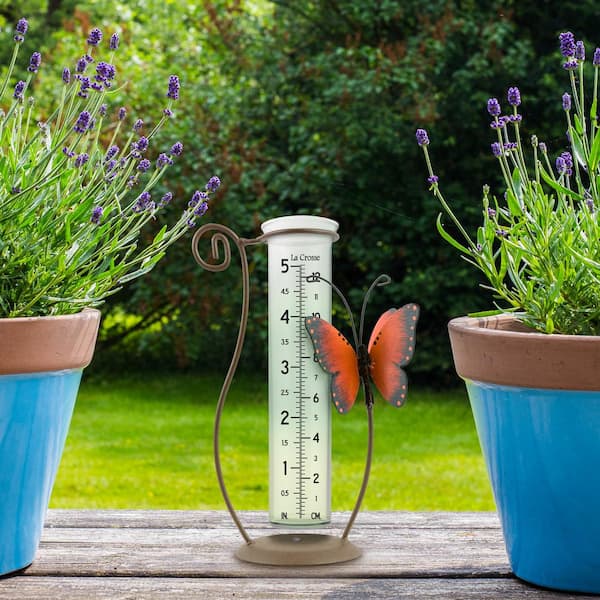The Rain Gauge: Understanding Rainfall Patterns and Enhancing Climate Understanding
Wiki Article
How to Select the Right Rain Gauge for Accurate Rain Data
To get trustworthy measurements, it is important to pick the best rainfall scale. Taking into consideration aspects such as place, kind, and precision of the rainfall gauge will certainly assist ensure exact information collection. Additionally, comprehending the upkeep and calibration treatments will add to the durability and dependability of your rain scale.Importance of Selecting the Right Rain Gauge
The relevance of selecting the ideal rainfall gauge exists in acquiring precise and reliable rainfall information for precise atmospheric evaluation. Rainfall data is vital for a vast array of applications, including weather forecasting, hydrological modeling, and environment research. Unstable or unreliable information can cause wrong verdicts and flawed decision-making procedures.
Secondly, the precision and precision of the rainfall scale are critical. The scale needs to be able to determine rainfall with high precision, capturing even small amounts of rainfall accurately.
Additionally, the area and installation of the rain scale are important factors to consider. It ought to be positioned in an open area, far from obstructions that could influence rains measurements. The scale ought to be positioned at a proper height and angle to prevent splashing and make certain proper catchment of rain.
Factors to Think About When Selecting a Rainfall Scale
When picking a rainfall scale, there are numerous key elements to consider. These elements can significantly affect the accuracy and reliability of the rainfall data accumulated. The very first aspect to take into consideration is the sort of rain gauge. There are various types offered, including basic rain gauges, tipping bucket rainfall gauges, and evaluating rainfall assesses. Each kind has its very own advantages and downsides, so it is necessary to pick one that ideal fits your details needs and demands.An additional variable to consider is the product of the rainfall gauge. Rain assesses can be made of different products, such as steel, glass, or plastic. The product selected need to be immune and long lasting to weather, ensuring that the rain scale will stand up to the components and give accurate dimensions with time.
Precision is likewise a crucial element to take into consideration. Try to find rainfall assesses that have been adjusted and evaluated for accuracy. Features such as anti-splash rings and funnels can also improve the accuracy of the measurements.

Last but not least, take into consideration the climate and environment in which the rainfall scale will be made use of. Various rainfall evaluates appropriate for various climates, so it is important to choose one that is appropriate for the conditions in your location.
Various Kinds Of Rain Evaluates Available
To additionally explore the aspects to take into consideration when picking a rain scale, it is essential to recognize the different sorts of rain assesses readily available. There are a number of sorts of rainfall assesses, each with its very own advantages and disadvantages. One of the most common kind is the basic rain gauge, additionally called the cylindrical rainfall scale. This type contains a straight-sided cylindrical container with a funnel-shaped top. It is basic to use and provides accurate dimensions of rainfall.One more kind of rainfall scale is the tipping container rain scale. This scale makes use of a seesaw-like device to collect and determine rains. As the rain comes under the gauge, it fills out one side of the bucket, creating it to tip and clear the water. The number of ideas is counted online to determine the quantity of rainfall. Tipping bucket rain gauges are popular for their accuracy and capability to measure rainfall intensity.
A third kind of rainfall scale is the considering rainfall gauge. As the rainfall drops right into try this out the gauge, it is accumulated in a container connected to an equilibrium.
Finally, there are likewise remote rainfall gauges that usage progressed technology to gauge rainfall (The Rain Gauge). These assesses usage sensors and transmitters to send information wirelessly to a main system. Remote rainfall determines are convenient for checking rainfall in hard-to-reach areas or for massive information collection
How to Identify the Precision of a Rainfall Gauge
One means to evaluate the precision of a rain gauge is by carrying out regular calibration measurements. Calibration includes contrasting the analyses of a rain scale to a basic dimension, such as a qualified rain scale or a climate station with high precision. By comparing the dimensions, any type of disparities or inaccuracies in the rain scale can be identified and accounted for.To carry out a calibration dimension, start by accumulating rains information from both the rainfall gauge and the typical dimension tool over a specific time period, such as a month. Contrast the analyses and compute the distinction in between them. This difference is called the calibration mistake.
It is necessary to keep in mind that calibration dimensions need to be carried out consistently, as environmental aspects, such as temperature level, wind, and debris, can influence the precision of the rain scale gradually. By conducting regular calibrations, any kind of modifications in the precision of the rainfall gauge can be identified and adjustments can be made as necessary.
Along with calibration, it is also advised to clean and keep the rain scale consistently to ensure its precision. Eliminate any particles or obstructions that might affect the precision of the measurements, and look for any indicators of damage or put on that may call for repair work or substitute.
Tips for Preserving and Adjusting Your Rain Scale
Regular upkeep and calibration are essential for ensuring the precision and reliability of your rain scale in measuring rainfall information (The Rain Gauge). By following a couple of simple ideas, you can ensure that your rain scale is correctly kept and calibratedFirst of all, it is essential to cleanse your rainfall gauge on a regular basis to stop any kind of particles or dirt from obstructing the rainfall collection device. Utilize a light detergent and a soft brush to gently clean up the within and exterior of the scale. Wash it thoroughly with clean water and enable it to completely dry completely before reinstalling it.
Second of all, it is advised to calibrate your rain scale at least as soon as a year. Calibration involves comparing the dimensions of your rain scale with those of a trusted and accurate recommendation gauge. This will aid more helpful hints you recognize and fix any prospective mistakes in your rain gauge's measurements.
To calibrate your rain gauge, accumulate a recognized quantity of water making use of a gauging container and contrast it with the dimensions taped by your rainfall gauge. Readjust the readings as necessary to make sure precision.

Conclusion
In verdict, selecting the ideal rainfall gauge is critical for getting accurate rainfall data. Variables such as location, purpose, and budget plan must be considered when choosing a rain gauge.There are different types offered, consisting of typical rainfall gauges, tipping bucket rain gauges, and weighing rain evaluates.To even more check out the elements to think about when selecting a rain gauge, it is essential to comprehend the different types of rain gauges available. The most common kind is the typical rainfall scale, additionally understood as the round rain gauge.Another kind of rainfall gauge is the tipping container rain gauge. Calibration involves contrasting the go to this website analyses of a rain scale to a standard measurement, such as a certified rainfall scale or a climate terminal with high accuracy.
Report this wiki page